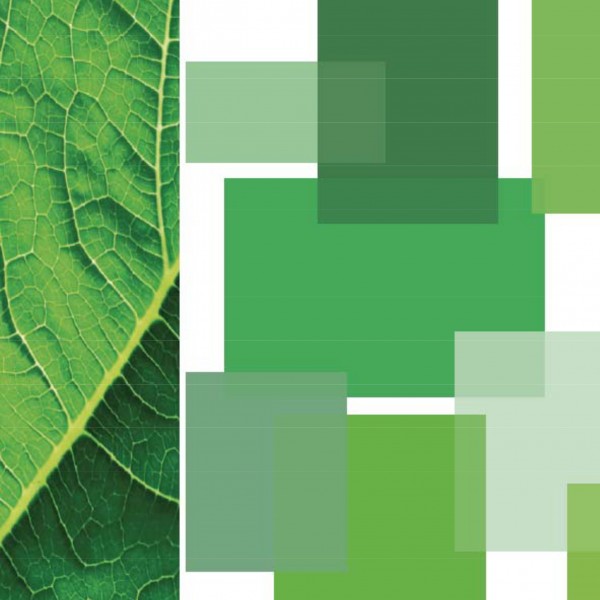Closing the Gap:
Green Infrastructure as a Cultural Resource
The field of Municipal Cultural Planning (MCP) has garnered a significant amount of attention from various stakeholders in Canadian municipalities. MCP aims to use culture to create distinctive places and spaces that are attractive to the creative class. Natural elements in the urban landscape, or Green Infrastructure, have largely been overlooked in Municipal Cultural Plans as an important cultural asset. Beyond their environmental benefits, green spaces and natural areas have also been shown to be instrumental in the development of identity and sense of place. Closing the Gap: Green Infrastructure as a Cultural Resource investigates the unrecognized link between MCP and Green Infrastructure and developed framework to measure its cultural value and how it changes over time. An indicators method was used to measure the cultural value of the selected assets. This method, if replicated, can track the progress of various municipal programs over time.
In order to narrow down local Green Infrastructure assets for further examination, a comprehensive list consisting of hundreds of assets was created through a collective brainstorming process. Additionally, a set of metacategories to classify different aspects of Green Infrastructure assets was developed and categorized as Primary: Tree Canopy, Secondary: Farmers Market, and Tertiary: Recreational Park.
Data collection for each asset was performed and presented, where appropriate, with a map. The group’s findings suggested new places for tree cover, 17 new farmers markets and new guidelines for event planning in recreational parks. This project was conducted for PlanLab Ltd.

